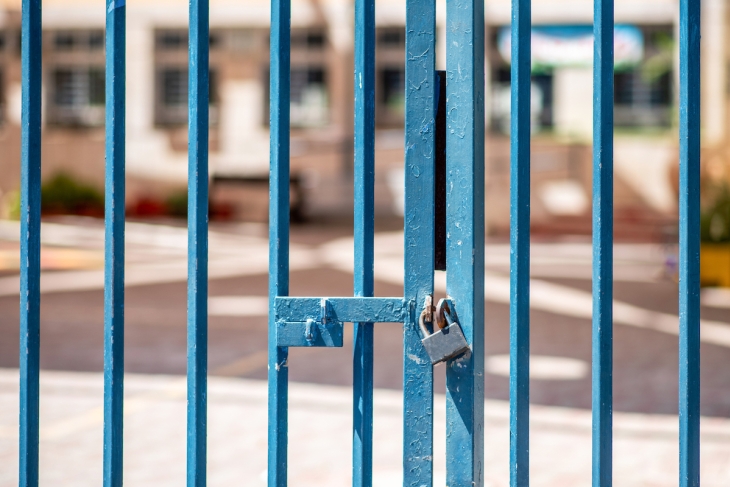Quantifying learning loss experienced by students whose schools closed for extended periods during the coronavirus pandemic is vital. Figuring out the mechanisms by which the losses happened, in contrast, is more of a forensic exercise. Schools have generally been open for more than a full school year now. At least two classes of seniors have graduated, many of their peers seem to have given up, and those remaining are experiencing whatever version of remediation is available to them. Whatever happened is already done, and time has marched relentlessly on. Nevertheless, setting the record straight on the means by which school closures impacted student learning must be part of our reckoning with the pandemic responses chosen and our planning for the future.
Harry Patrinos, an education economist and adviser with the World Bank, offers us a new working paper that extends an ongoing series of World Bank Group research attempting to identify the mechanisms of learning loss for primary and secondary school students all around the world. He specifies that this publication is a “work in progress,” but its findings form part of the full, grim picture we will eventually have.
Data come from numerous studies of pandemic-era impacts in more than four dozen countries. Many findings were already published earlier this year, and the new work adds additional countries and data. Patrinos looks at eleven factors potentially increasing or mitigating learning loss, which is defined using test score data via country-specific instruments that were standardized for comparison. Some of the factors are obvious—pre-existing school quality, school closure duration, private school enrollment, and internet availability and access—while others such as trade union strength and “measure of democracy” seem somewhat tangential. Control data include Covid-19 death rates per 100,000 population, a lockdown stringency index, vaccination rates, and national income. The working paper notes that not all available data are nationally representative. While learning loss in the United States is representative of all students, school closure duration varied state to state and is reported as a national average. Nepal’s data, as another example, come from a study that only includes adolescent girls from one disadvantaged district, but is compared directly to countries with much more robust datasets.
First and foremost: There is a clear link between school closure duration and learning loss. Closures as part of government-imposed lockdowns averaged twenty-one weeks’ duration and resulted in an average learning loss of 0.23 standard deviations across the countries studied (representing two-thirds of the world’s population). Testing for mitigating factors or other means to explain learning loss produced no significant findings, meaning that school closures appear to be directly responsible for student learning loss.
Patrinos notes that the American Academy of Pediatrics released the first school guidance for safe in-person learning in the United States on June 24, 2020, and the European Centre for Disease Prevention and Control released its recommendation on August 6. “By the time of the 2020–21 school year,” he writes, “it had become clear that it was possible to safely open schools.” However, many schools around the world remained closed for many more months. Sometimes that was due to longer (or recurrent) lockdown requirements, but data show that other factors were associated with non-mandated closures. Higher-income countries had shorter durations of school closures, while a low vaccination rate was associated with longer school closures. Higher test scores before Covid-19 were associated with longer school closures—perhaps an indication, Patrinos suggests, of hope for resilience of students or a belief in whatever remote learning was in place—as was a higher proportion of private schools in a country. Interestingly, the death rate does not correlate with school closure, suggesting that closure decisions were based on many factors other than actual Covid fatalities.
Whatever the reason for extended closures, Patrinos finds that each additional week of school closure increased learning loss by a further 1 percent of a standard deviation. In short: The longer schools stayed closed, the less students learned, no matter what else was done to blunt the losses.
Despite the huge trove of data we now have available, more will come. Researchers will continue to enlarge and sharpen the picture, but it seems pretty clear already. “The main lesson learned,” Patrinos concludes, is that “if a similar situation arises, keeping schools open should be a priority, as the evidence shows that the health benefits of school closures seemed to have been lower than the cost of learning losses.” Sobering thoughts for some unwanted “next time,” hollow validation for everyone who believed that reopening schools quickly was the best move, and a steep climb ahead for those trying to undo the damage already wrought.
SOURCE: Harry Anthony Patrinos, “The Longer Students Were Out of School, the Less They Learned,” World Bank Group Working Paper (April 2023).


